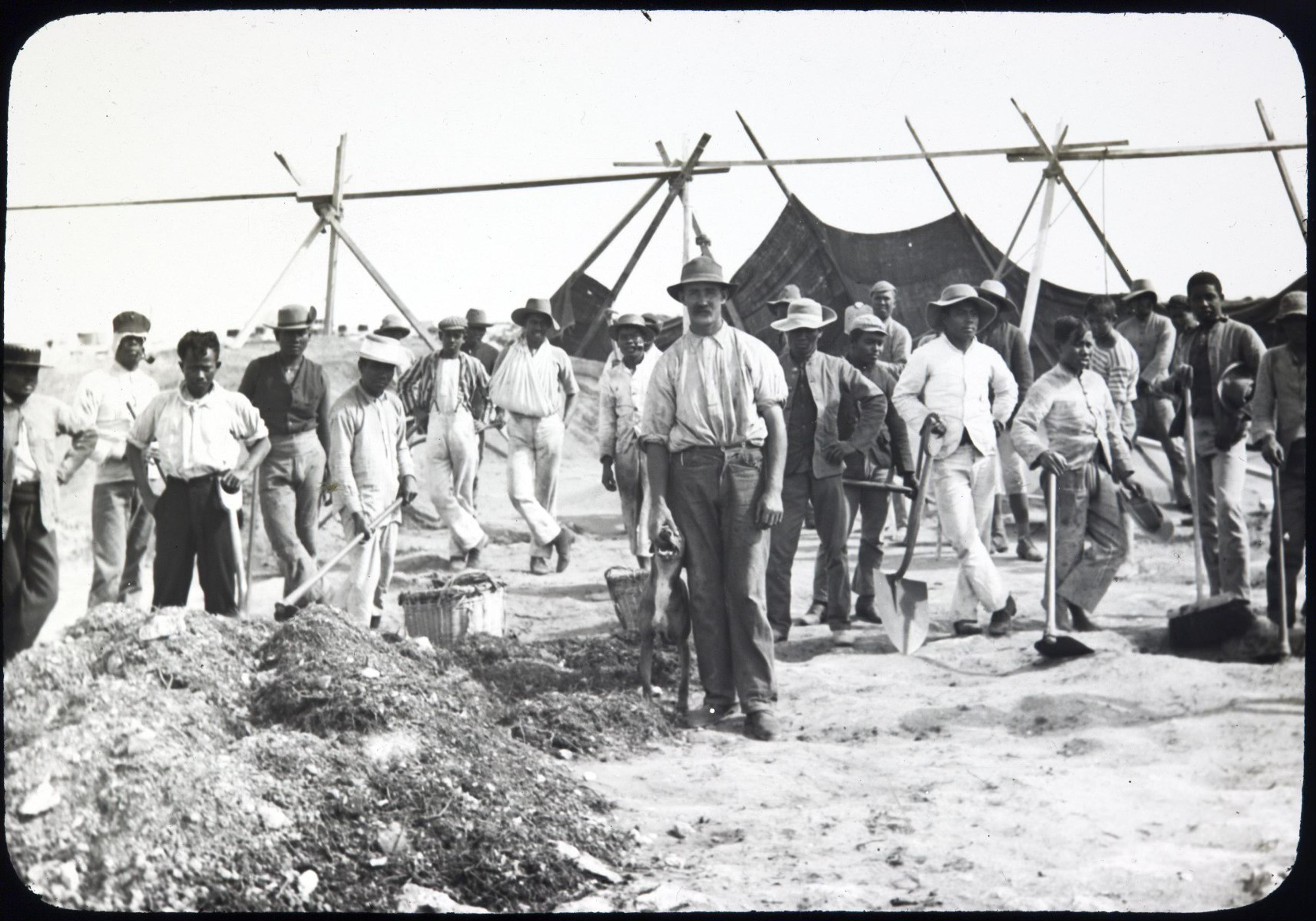Peter Gus Johnson
Vessel Name: Rip
Peter "Gus" Johnson
Died at Pelsart Island of "heat apoplexy"
14 December 1905

Guano Mining on the Abrolhos Islands
In 1905 Messrs Davis & Fallowfield persuaded the Western Australian government to reconsider the lease of the Abrolhos Islands for guano extraction. Guano is fecal excrement of seabirds. This organic matter has high levels of nitrogen, potassium and phosphate. Farming in the 19th century relied on guano as its fertiliser supply. Guano was also useful for making gunpowder and explosives, so was sought by the armed forces and the mining industry.
Mr Charles Broadhurst had previously leased the islands and lucratively exported guano across the globe. When the lease expired, it was not renewed, and the guano workings were left idle. The government was persuaded to re-open guano harvesting, on the condition that the guano be supplied only within Western Australia so that farming could benefit. The growing population needed food, and guano was a key ingredient to that end.
William Bower Fallowfield and Captain Davis were partners in fishing industry and other pursuits. They used their schooner Rip, and employed approximately 50 men to extract, pack and load the guano onto the boat to be offloaded in Geraldton and sold on. Fallowfield was a merchant, who dealt with purchase and sale of various products, and markets were quickly established for the guano.
Peter Johnson, known as “Gus”, was 21 years of age in September 1905 when he was employed at Pelsaert Island to harvest guano for Davis and Fallowfield. The conditions were basic to say the least. The men camped, worked all day in the heat with minimal fresh water, and the work was physically hard. At the end of October 1905, Davis & Fallowfield loaded their first two tons of guano onto the S.S. Perth for their agents Sandover & Co. to deliver to the Western Australian Agricultural Show.
On 14 December 1905, Gus started work at 9am, just like other days. He very soon felt ill, and within 20 minutes he was dead. The sudden death shocked the workers. They placed Gus’ body on board Rip and brought him to Geraldton.
At the morgue Coroner W.A.G. Walter immediately set about examining Gus’ body for the Coroner’s Court. The jury concluded that Gus had died from “natural causes - heat apoplexy”. Gus had been over exposed to the heat and his body’s temperature-regulation was disturbed. He would have felt feverish, hot and had a headache in the brief time before he died. Today we call it heatstroke or sunstroke.
Gus’ family were devastated to lose him so unexpectedly, and in such a harsh environment. They buried Gus in the Church of England Cemetery at Karrakatta. Each year they placed a memorial notice in the newspapers each year for Gus on the anniversary of his death.
The following year Davis & Fallowfield expanded their guano operations, and they built huts and improved the conditions for their workers.
